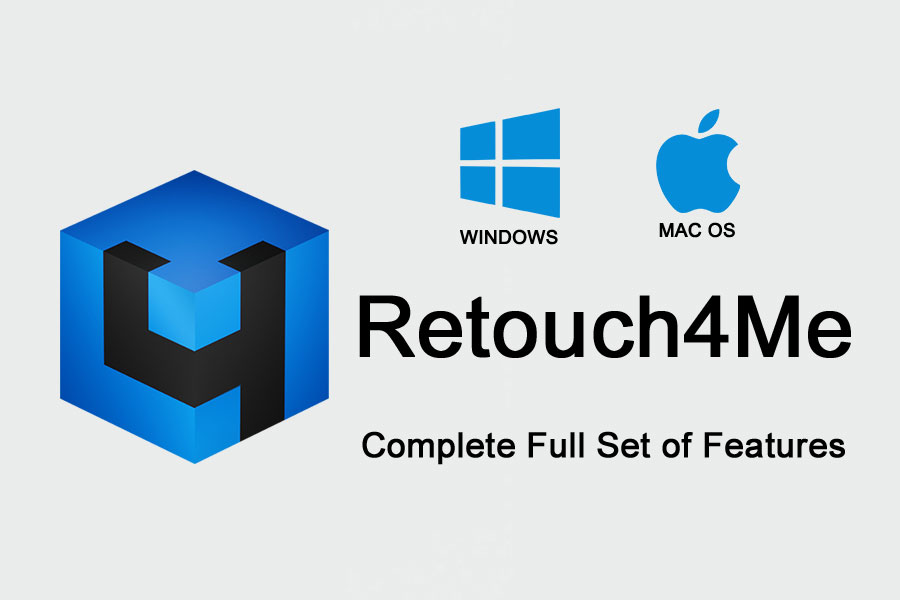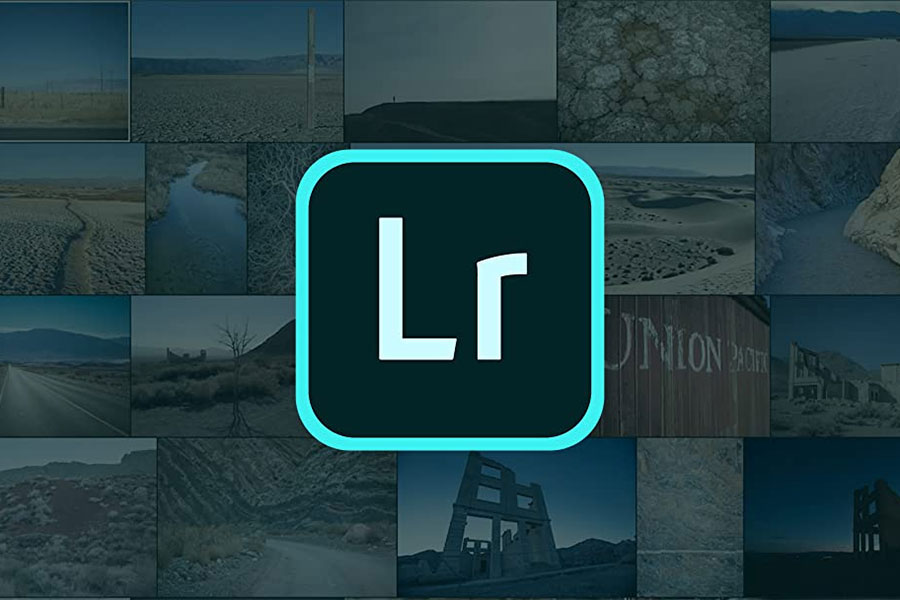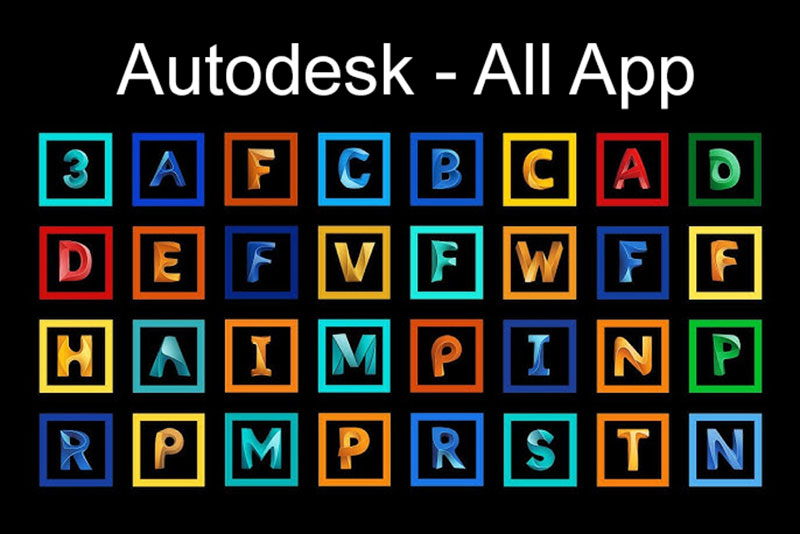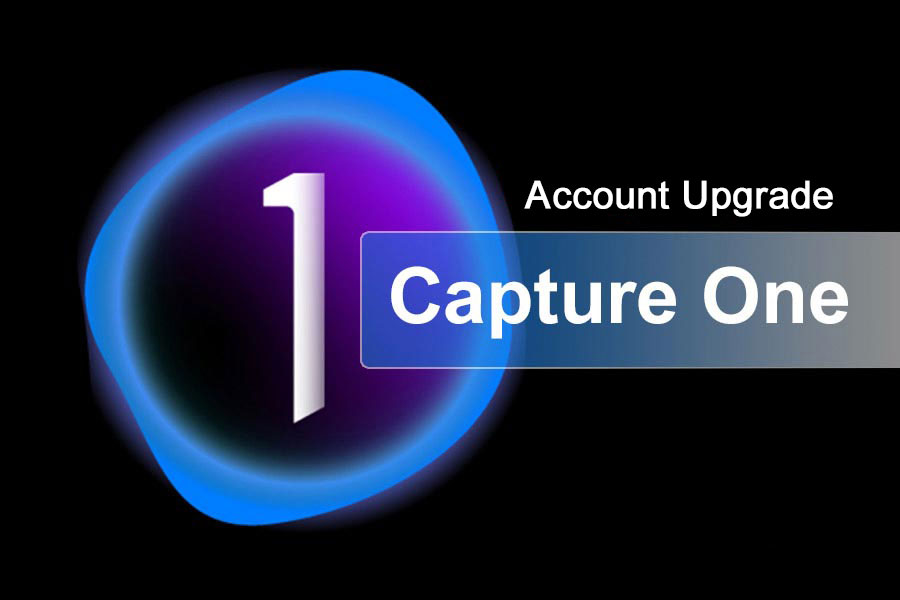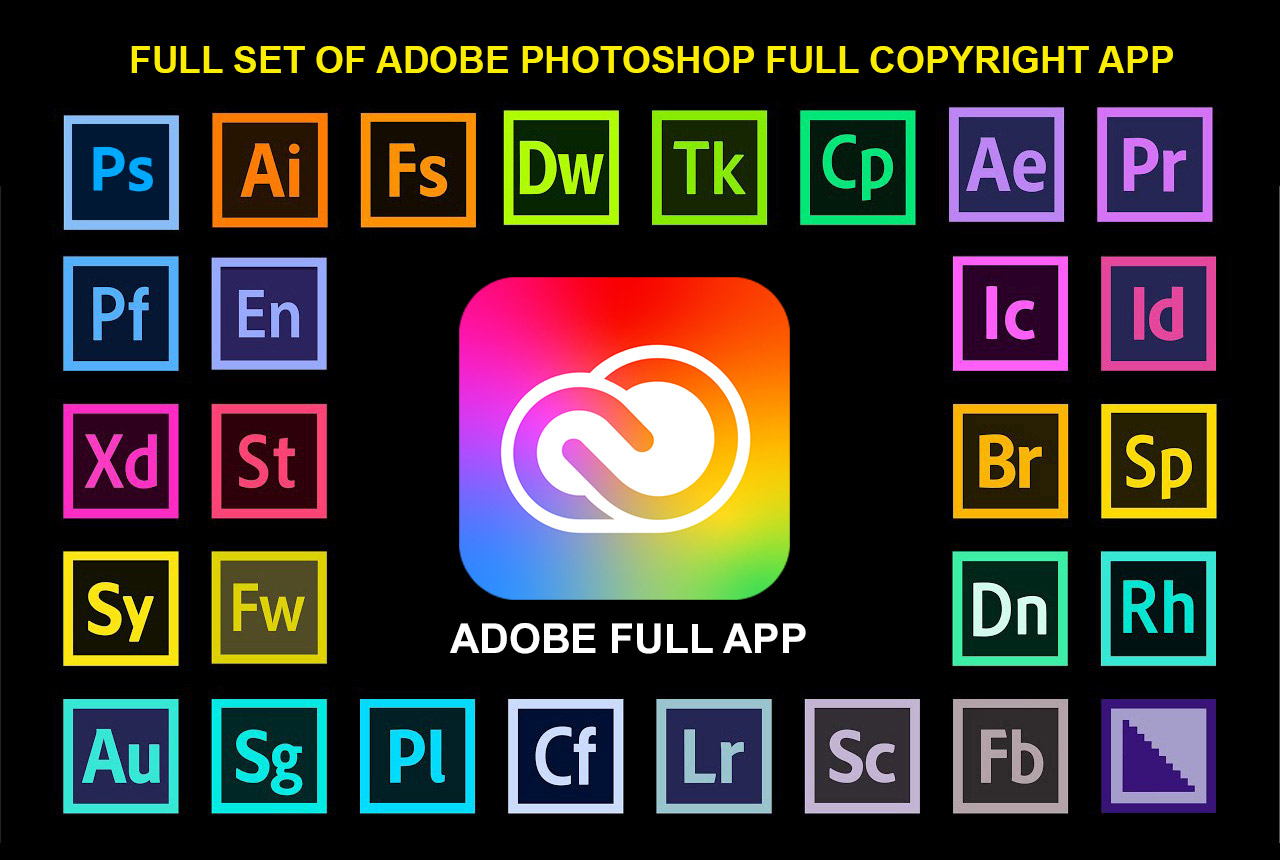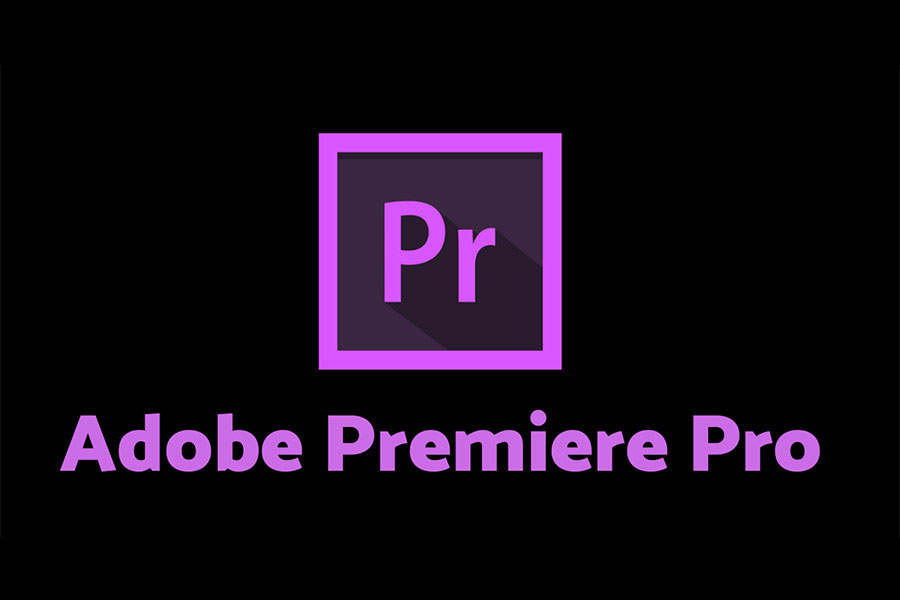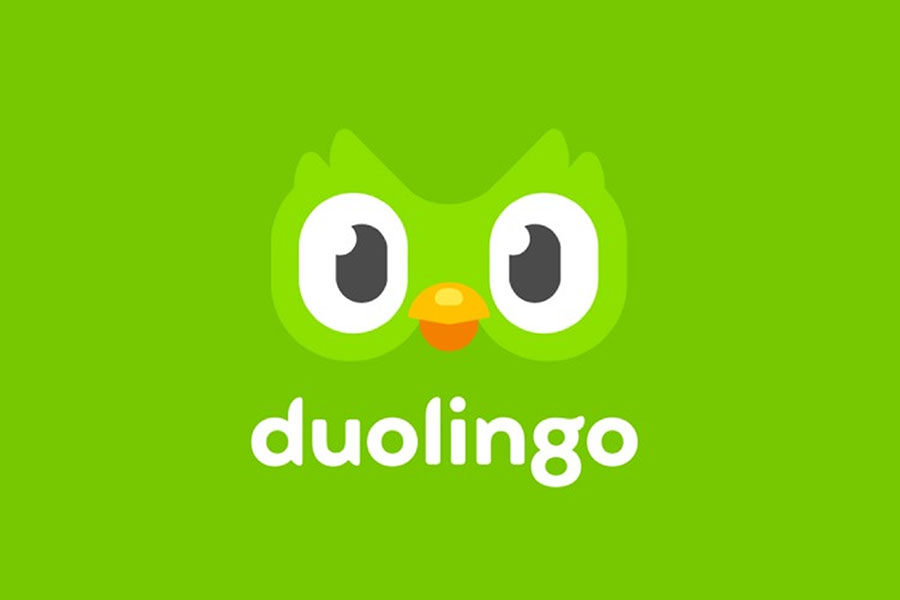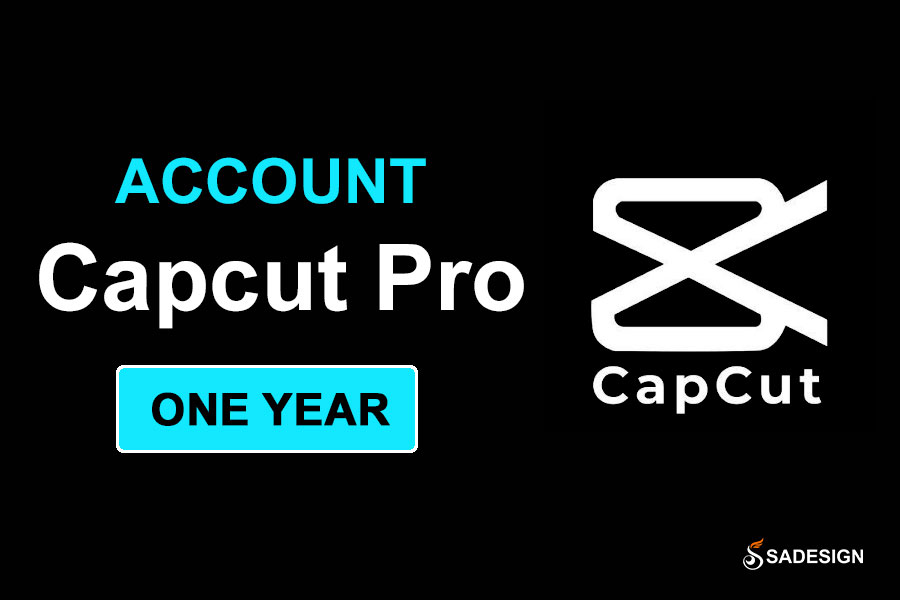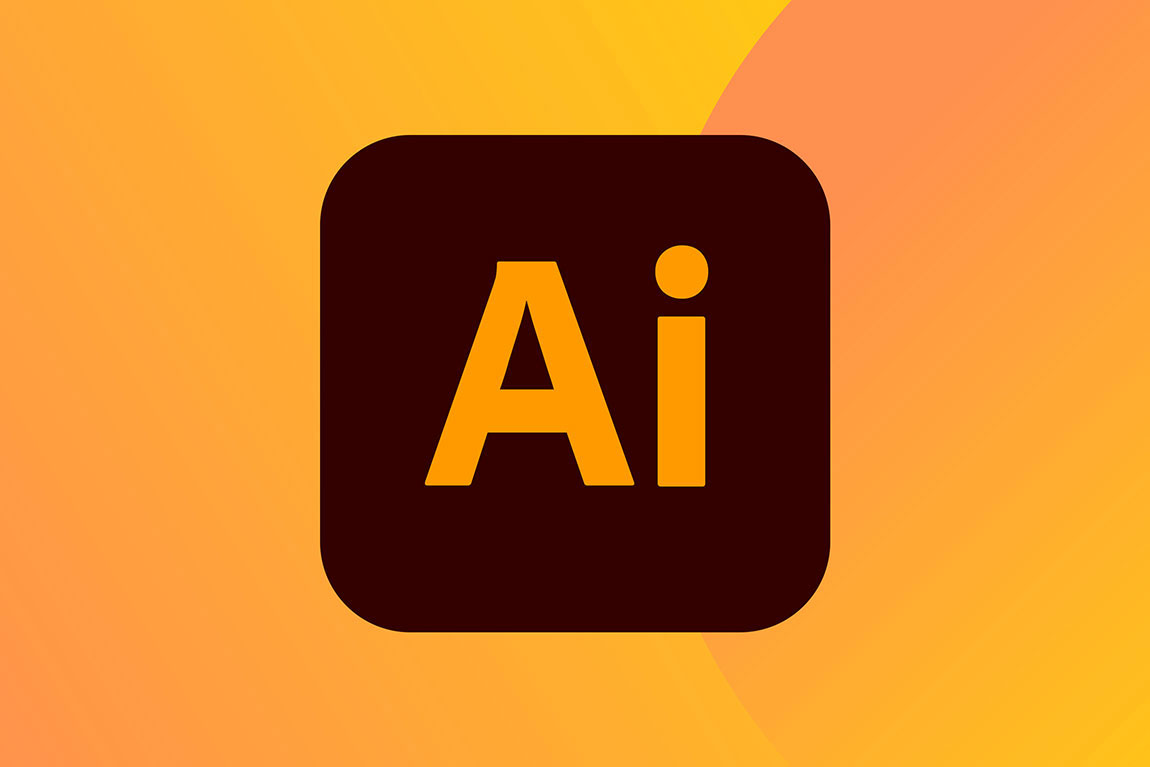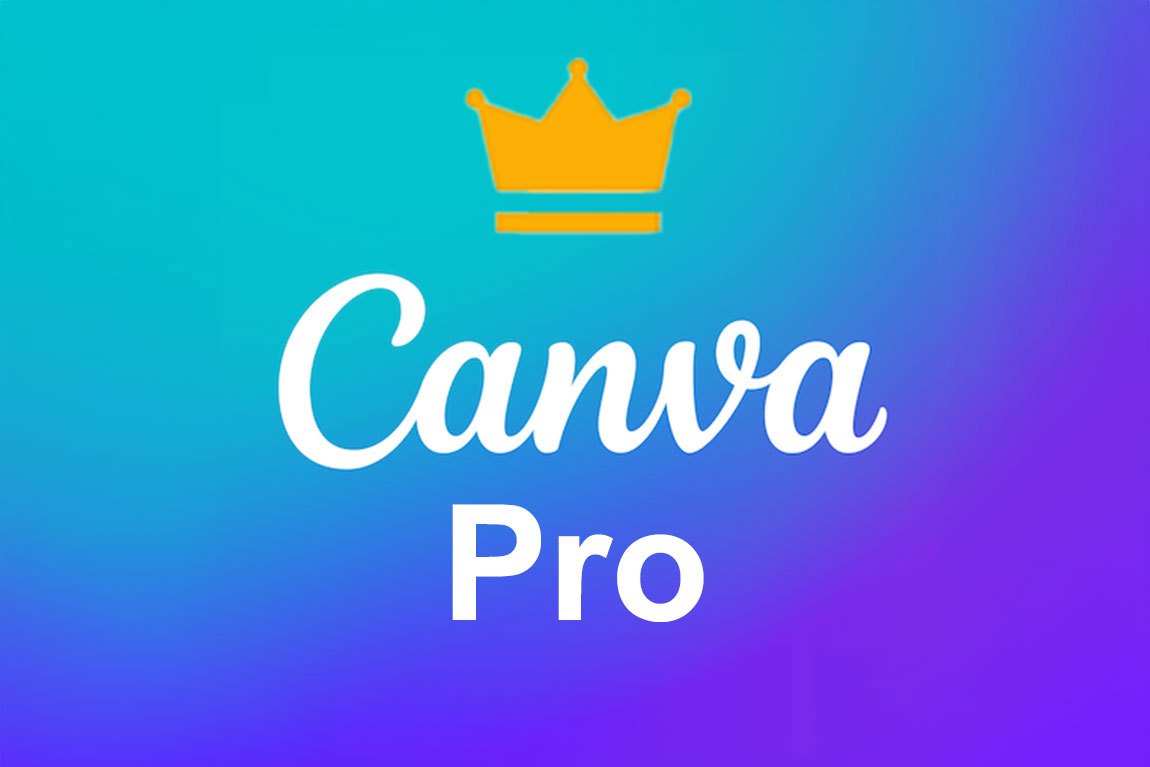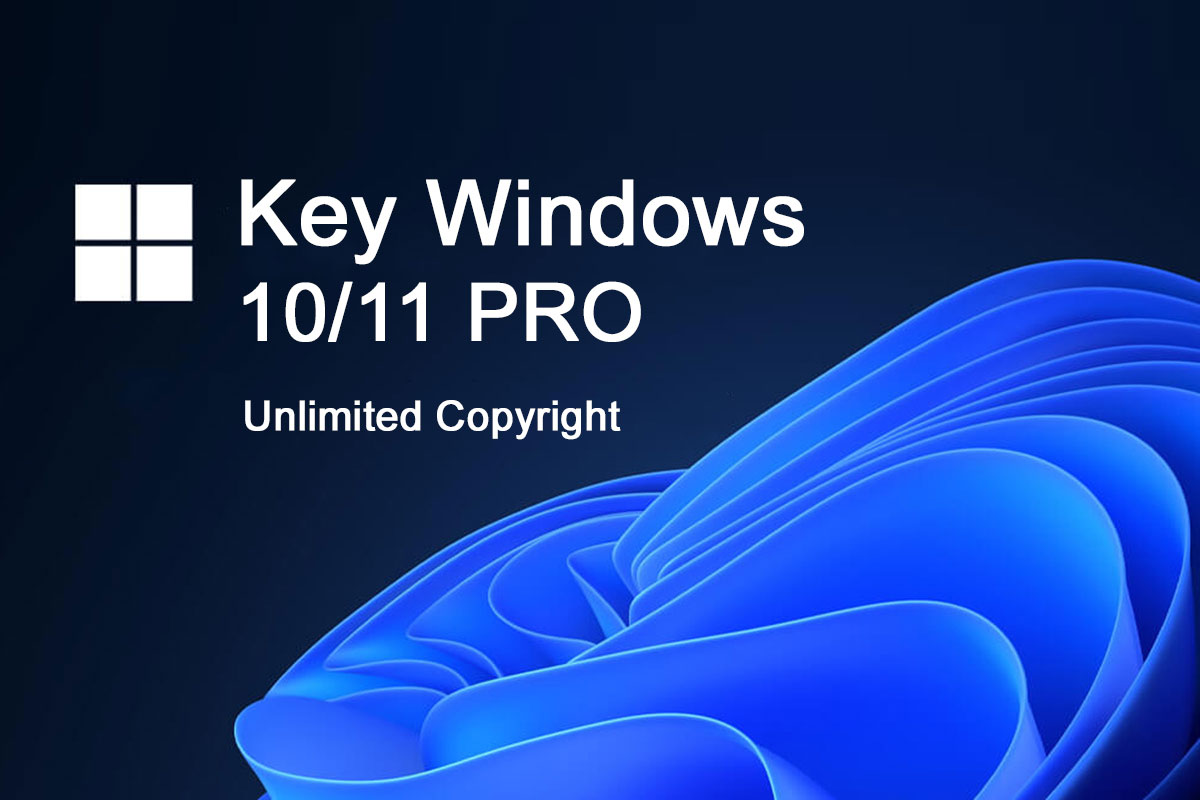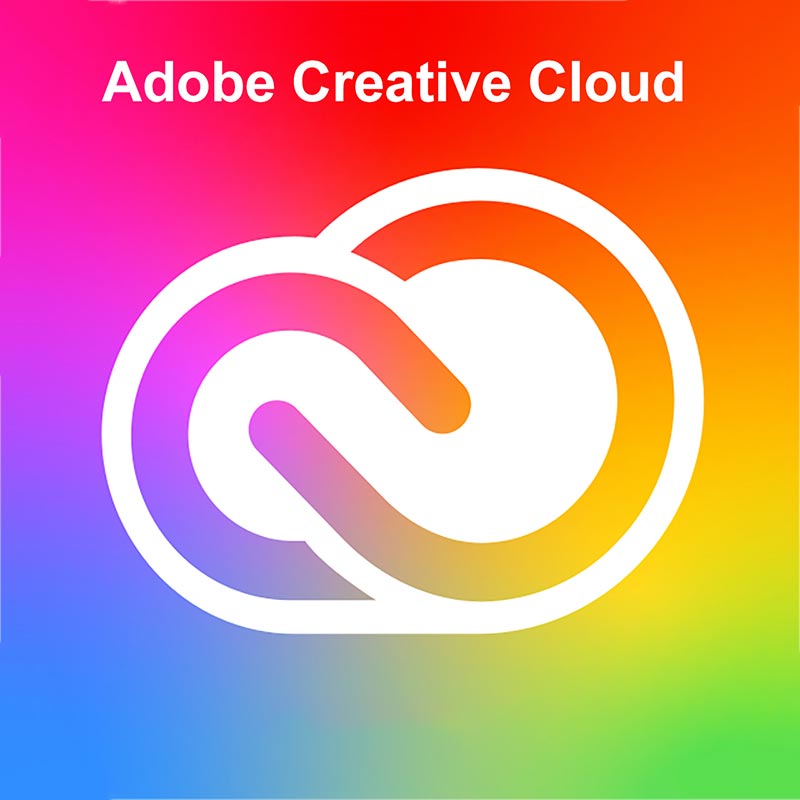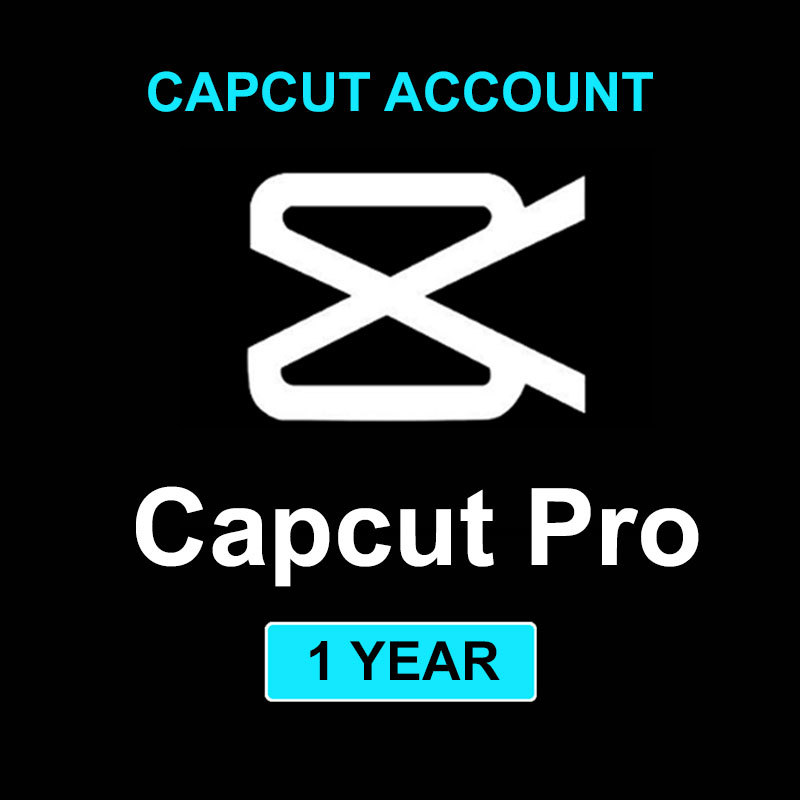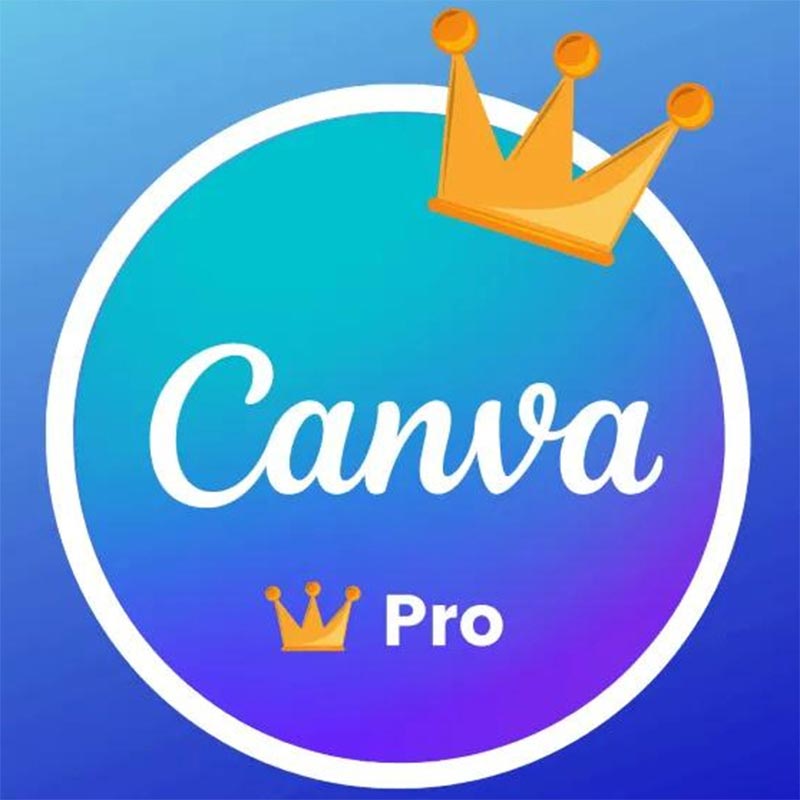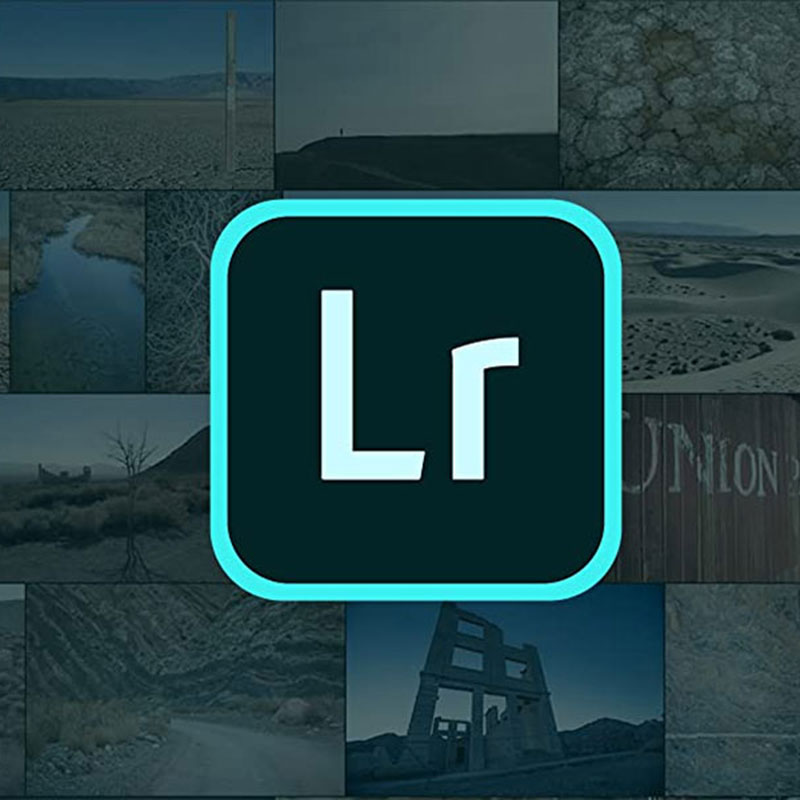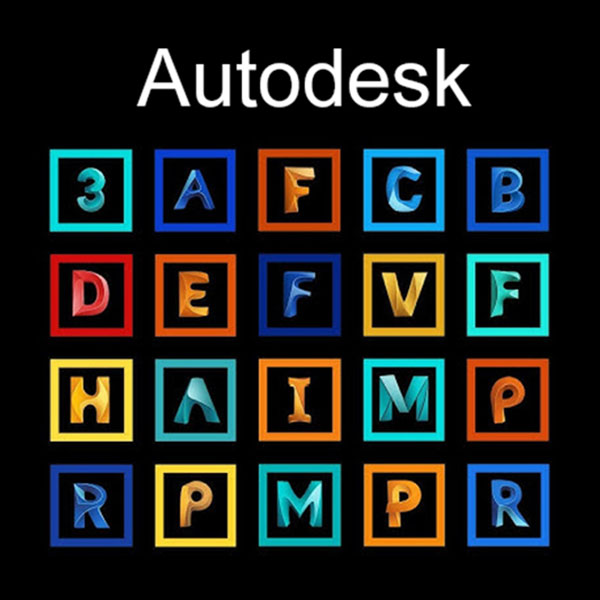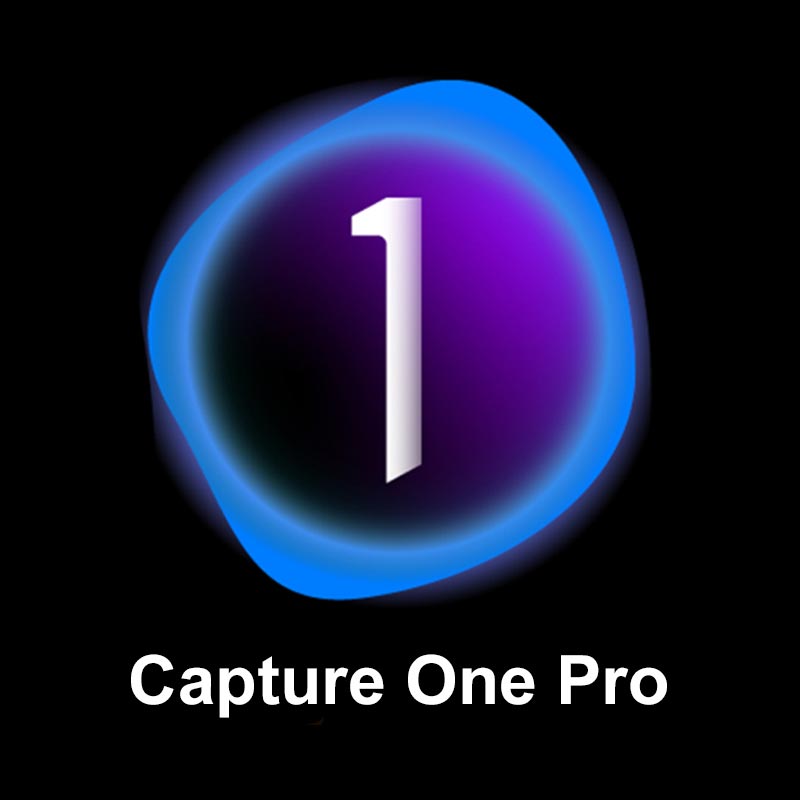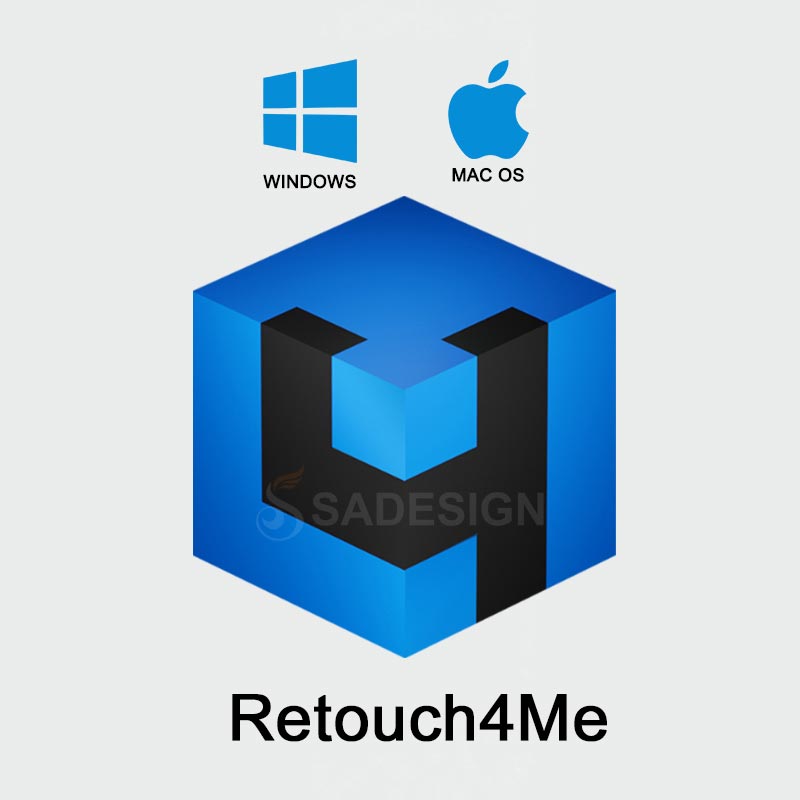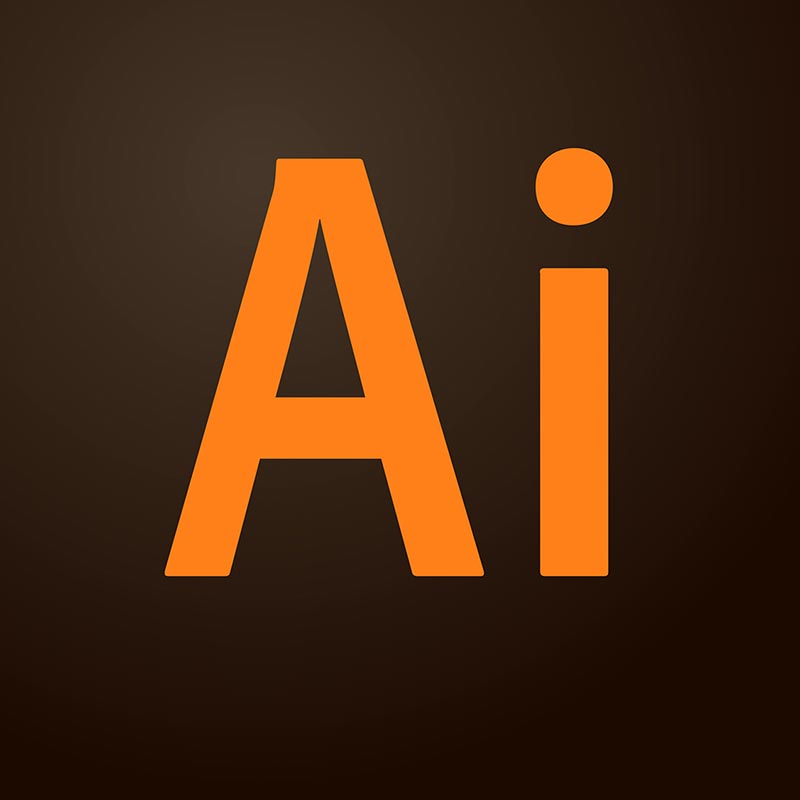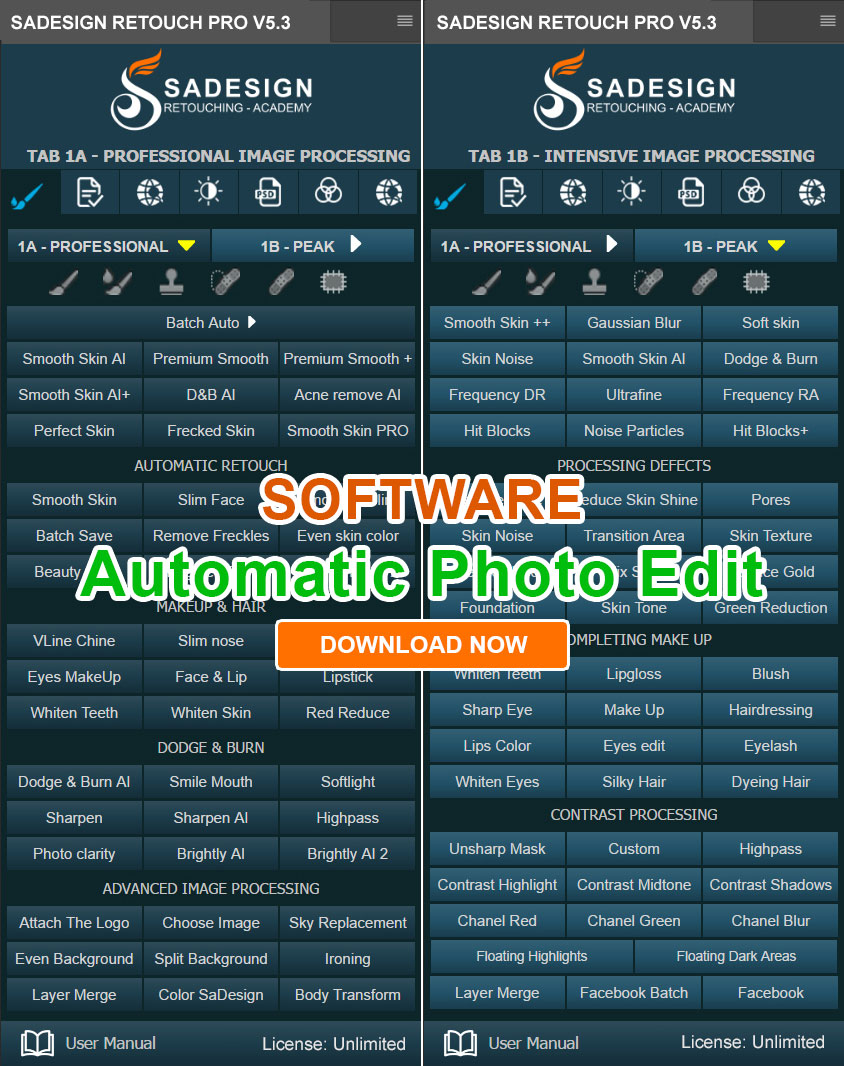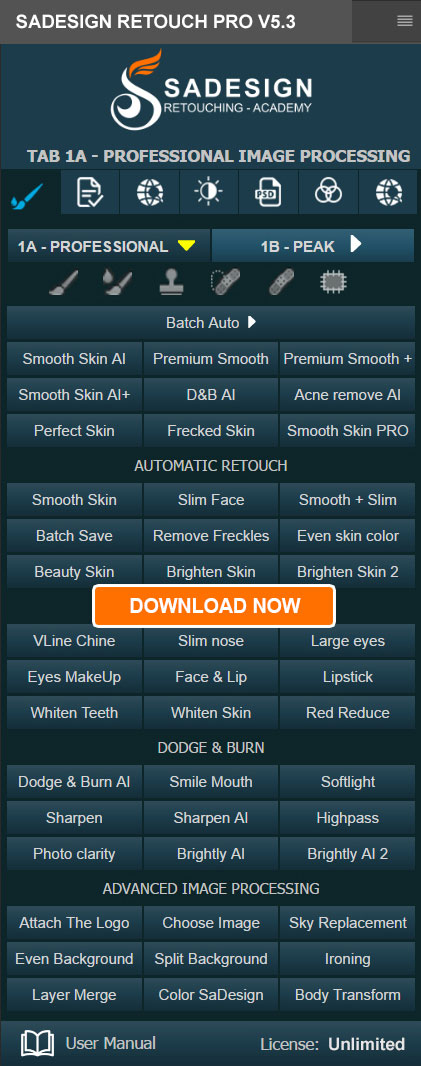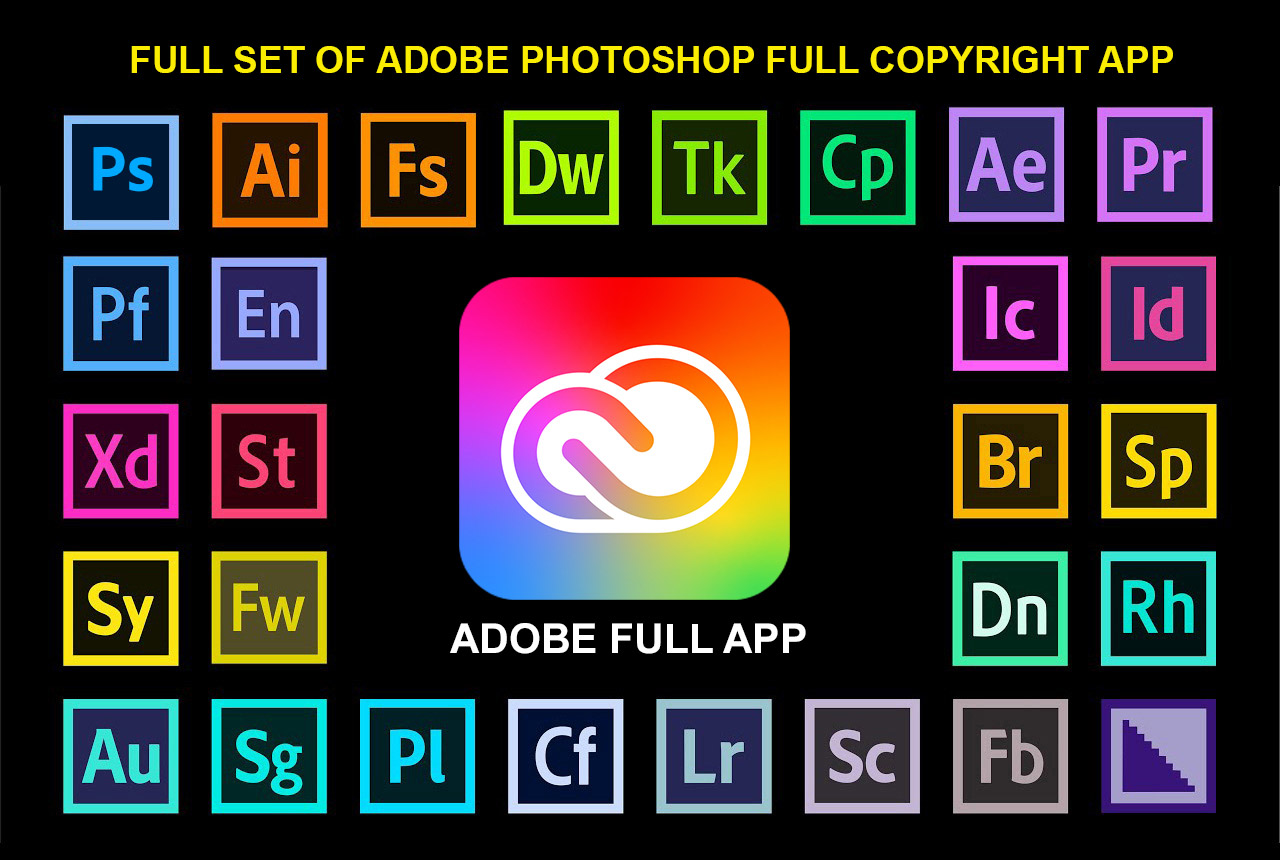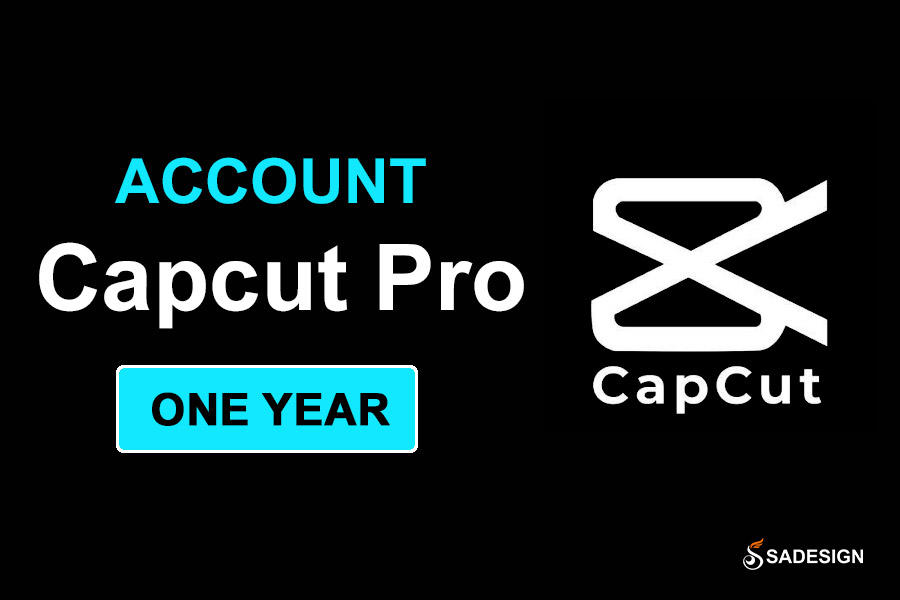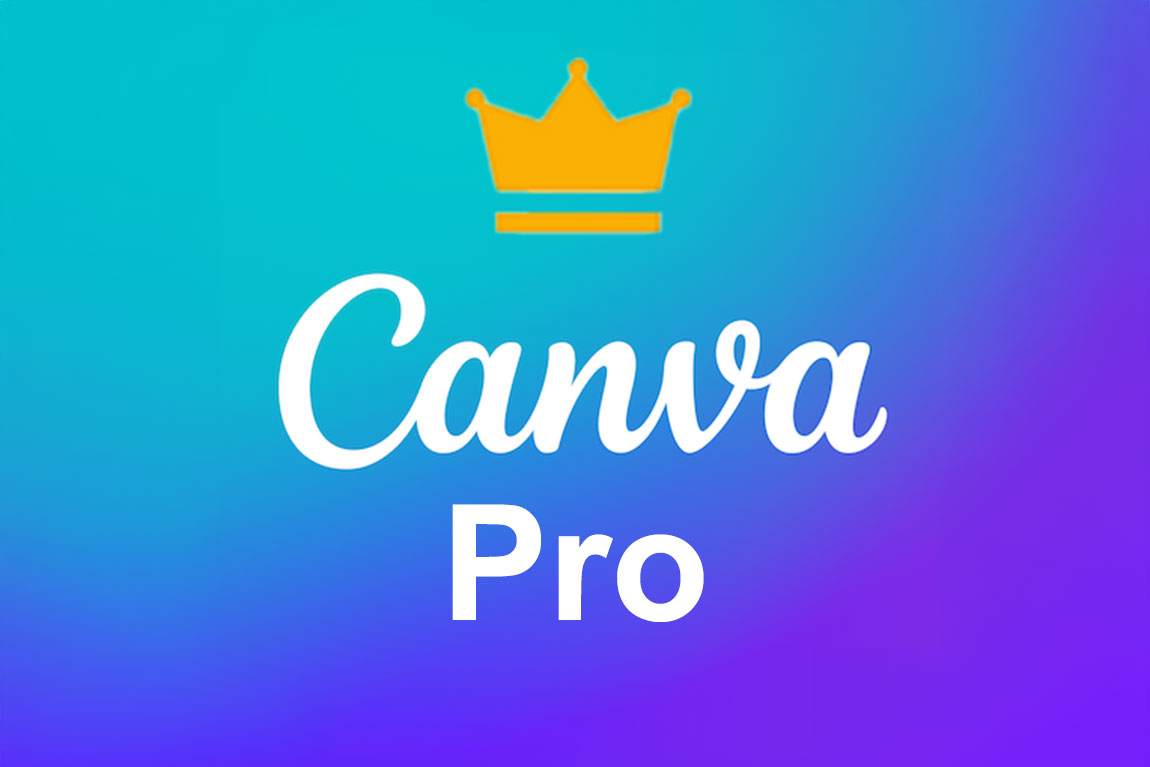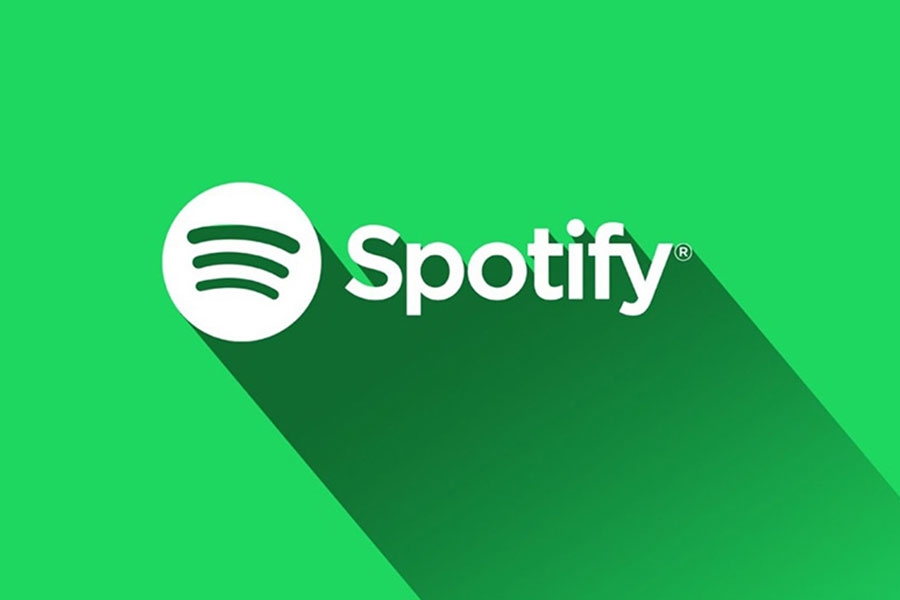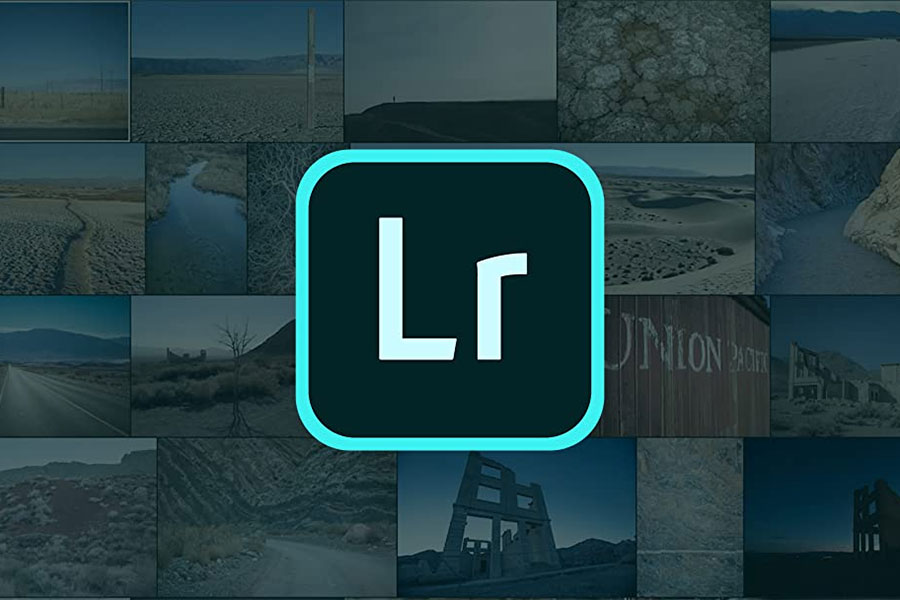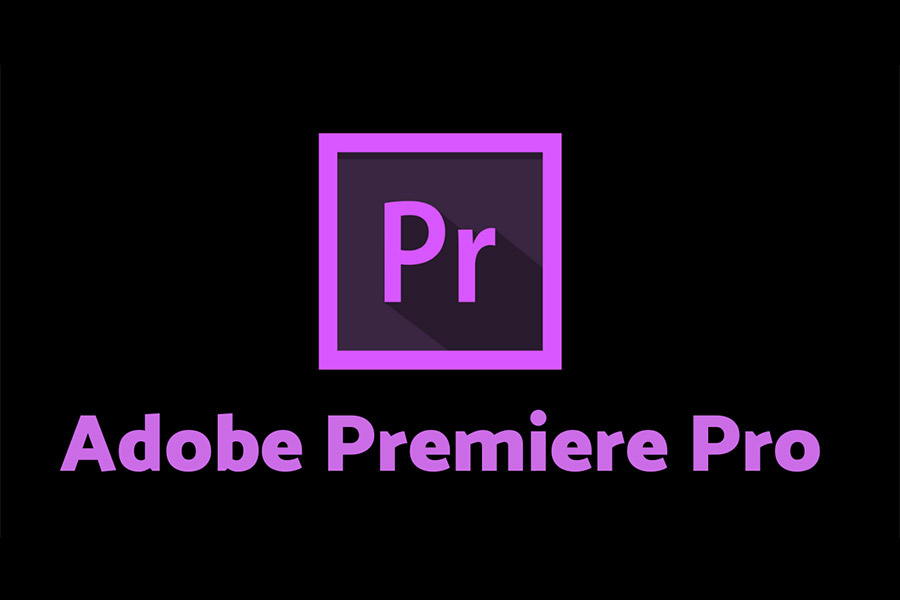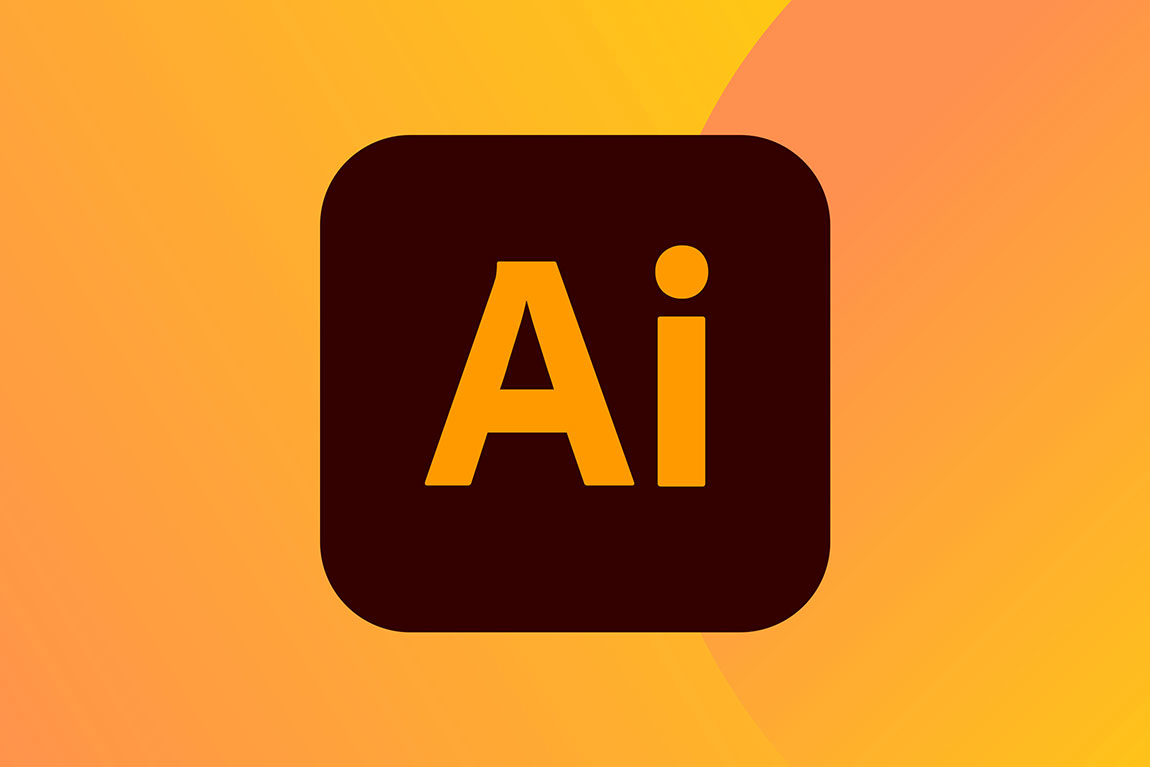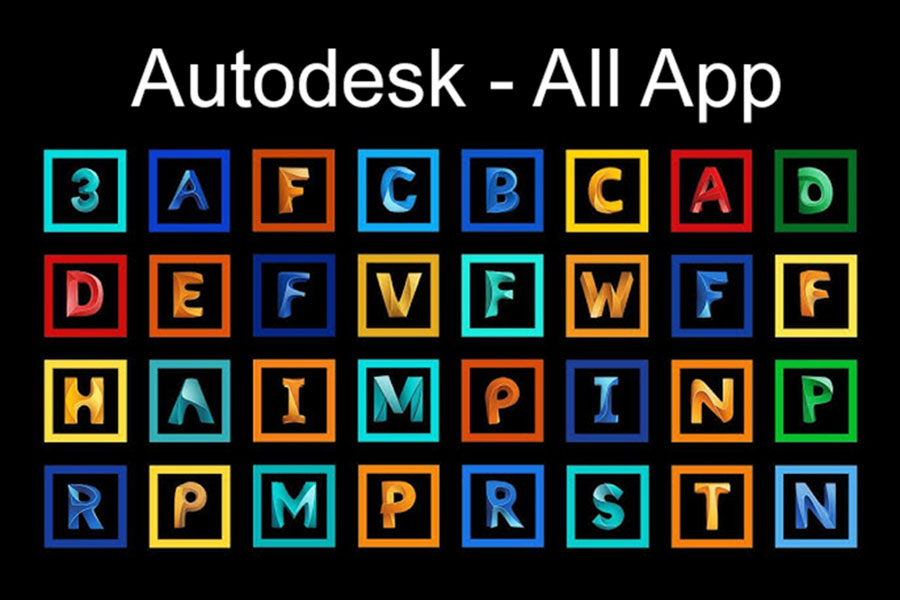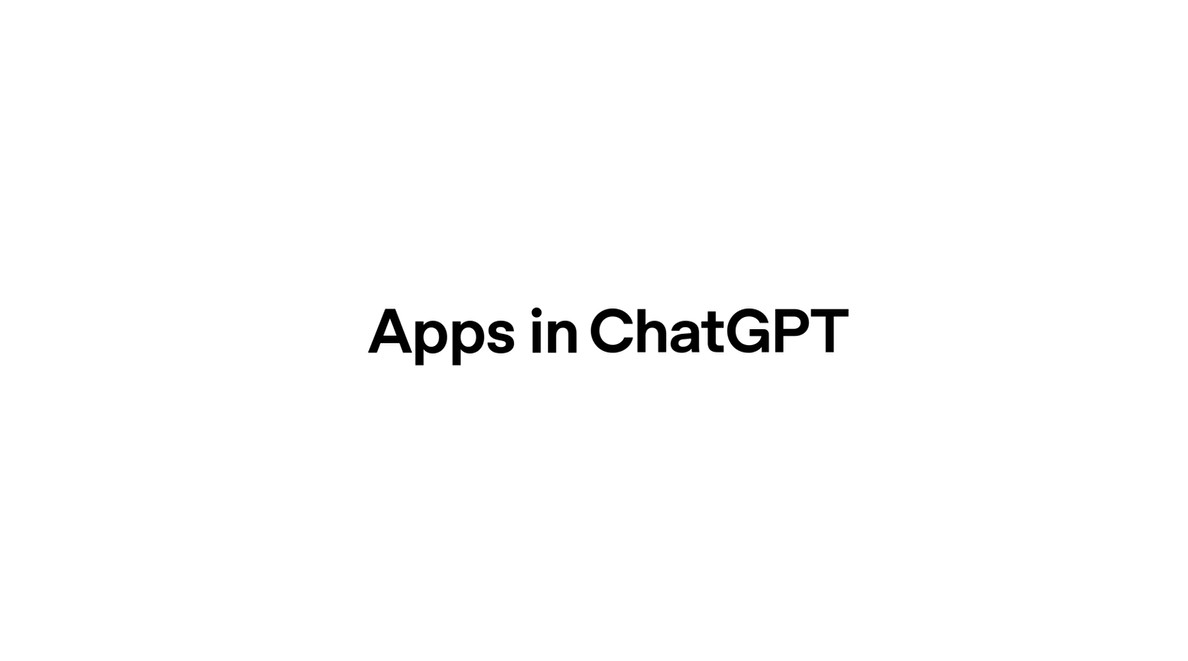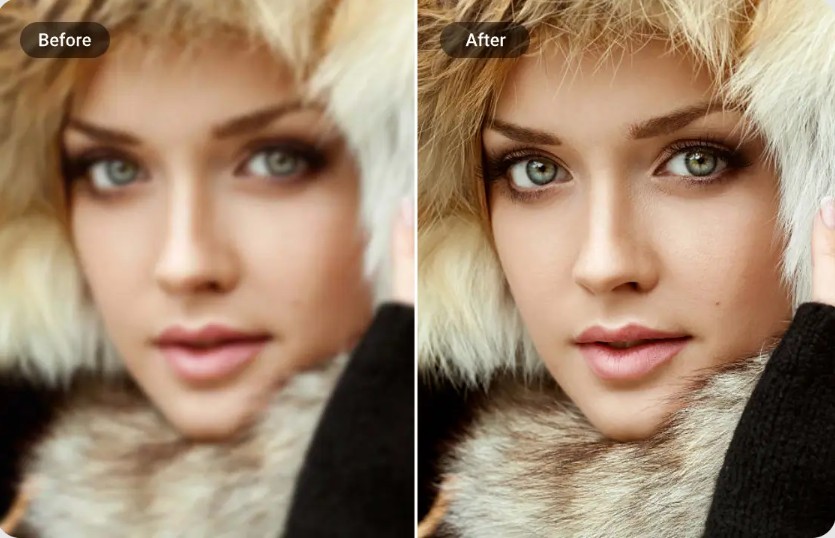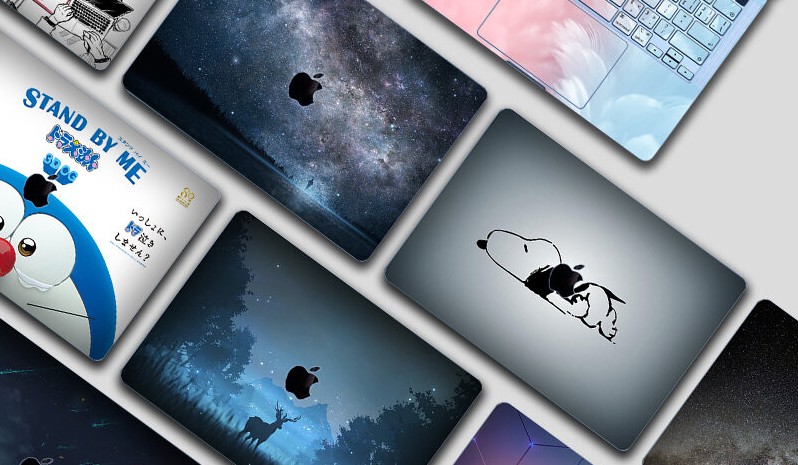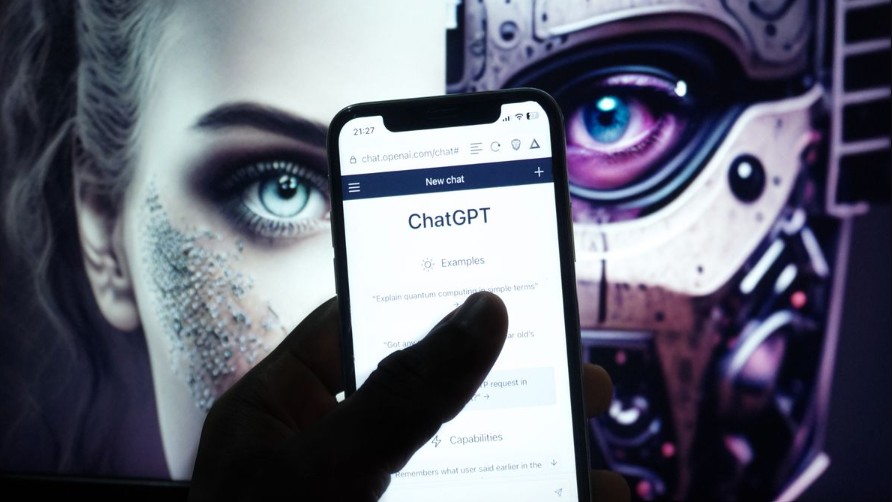Best Selling Products
Just 48 hours after its launch, OpenAI's Sora is shaking up the short video industry
Nội dung
Sora is an AI video creation app that has quickly taken the App Store by storm, surpassing a series of major competitors and making short video platforms like TikTok or Instagram Reels wary.
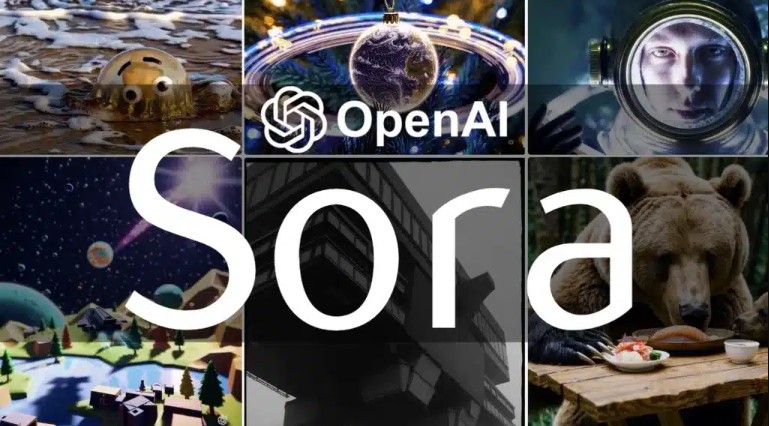
On September 30, OpenAI officially launched Sora, creating a stir in the technology world. In less than 24 hours, Sora quickly climbed to third place in the App Store's free app rankings. And just one day later, the app took the number one spot.
According to 9to5mac, Sora reached more than 56,000 downloads on its first day in the US. That number nearly doubled the next day, reaching 108,000 downloads, according to AppFigures. For a newly launched app, this is not only a success in terms of user numbers, but also a signal that Sora has tapped into the market's need: the desire to create content that is simpler, faster, and more personal than ever.
The explosion of Sora recalls the moment TikTok started to go viral in late 2018, when a brand new short video format captivated people within minutes of scrolling. But unlike TikTok, where users had to shoot, edit, and edit videos using traditional tools, Sora doesn’t require any cameras or post-production skills. It all starts with a line of text. You just type in a description, and a few seconds later, a complete video appears. It’s that “magic” that has left creators and the tech community in awe. Sora isn’t just a new product, it’s a confirmation that the era of AI-generated videos has officially begun.
1. Sora Fever
Sora is more than just a video maker. It’s a combination of advanced language modeling and AI-powered image synthesis, all housed in a modern, friendly, and intuitive social interface. Users can not only create videos, but also share, remix, and discover other videos in an AI-generated “content universe.”
.jpg)
What makes users strongly attracted is the ability to “text-to-video” by just typing a few descriptive sentences, Sora can create a complete video, with sound, light, camera angle, and even character emotions. In version Sora 2, OpenAI also introduced the cameo feature that allows users to insert their own face or voice into the video, of course after being verified and clearly consented.
If before, making a promotional video, a clip to illustrate an idea, or a short film required a whole crew and hours of work, now all it takes is one command: "Create a video of a designer drawing in the rain in Tokyo" and a few seconds later, a scene like in a movie will appear. That is the power that made Sora become a "phenomenon" overnight.
But Sora isn’t just about creating videos. It’s designed as a social platform. A video you create can be expanded upon by others, with context changed, characters added, or completely retold. This makes the creative process “non-linear.” There’s no longer a concept of an original video or a copy, but a network of ideas that the community is expanding together. Each person is both a creator and a successor. This content structure makes Sora feel like a giant laboratory where human imagination is amplified by artificial intelligence.
But that power also brings with it concerns. When anyone can create realistic videos with just a description, ethical, safety, and identity issues immediately arise. Fears of deepfakes, misleading content, and privacy violations are no longer hypothetical but real. CNBC has reported that some users have found ways to “overcome” the barriers to creating inappropriate content, despite OpenAI’s multiple layers of censorship.
.jpg)
Like all creative tools, Sora is both an opportunity and a test of how humans use the power of technology. And what’s remarkable about Sora is that its growth comes not just from its technical capabilities, but also from how it makes the creative process social, playful, contagious, and expressive.
2. Future expansion and geopolitical challenges
At the moment, Sora is only available in the US and Canada, in a limited invite testing phase. However, with the current speed of spread, it is not difficult to predict that OpenAI will quickly expand its scope to Europe, Asia and other regions. At that time, this application can quickly reach hundreds of millions of users, especially in countries with strong video creation communities such as Korea, Vietnam or Indonesia.
Along with the opportunity comes enormous pressure from the government, cybersecurity organizations, media watchdogs and public opinion. Video is the most powerful form of communication and in the information age, a fake video can have far-reaching consequences than a false article.
OpenAI said it has integrated “provenance” technology, a video origin verification system using watermarks and C2PA-compliant metadata to identify AI-generated videos. Cameo users also have control over how their images are used and can revoke their permission at any time. However, experts warn that these technical measures can still be circumvented if users have advanced editing knowledge.
In that context, regulatory scrutiny is inevitable. In Europe, where GDPR and privacy regulations are strictly enforced, Sora will certainly have to meet a higher set of standards. In the US, the Federal Trade Commission (FTC) has begun exploring the creation of its own rules for AI-generated content, which could have a profound impact on how OpenAI deploys Sora globally.
.jpg)
Add to that the copyright issue. OpenAI initially allowed Sora to create videos using images of celebrities or copyrighted characters if they didn’t object. However, after a backlash from artists and studios, CEO Sam Altman announced a shift to an “opt-in” model, meaning that only explicit permission could be given. This was a necessary adjustment, but it also shows that OpenAI is having to balance creative freedom with respect for individual rights.
As Sora expands globally, it will no doubt be a matter of more than just technology, but also of politics, law, and culture, as concepts of privacy, freedom of expression, and content ethics vary from country to country.
3. Competition and concerns of existing short video platforms
It doesn’t take much to see that Sora is making the big players in the short-form video space uneasy. TikTok, Instagram Reels, YouTube Shorts, and even smaller platforms like Kwai are all facing a completely new competitor, competing not with their current user base, but with an unprecedented creative experience.
From a product perspective, TikTok and its competitors still rely on the traditional “user-generated content” model, meaning users shoot, edit, and post themselves. Although these apps have applied many support tools, the creative process is still time-consuming, requiring skills and equipment. Meanwhile, Sora only requires text. This difference is a paradigm shift: from “creator” to “person who commands AI to create for you.”
This opens up a new direction: AI-generated content (AIGC) . And this is exactly what short video platforms should be worried about. When users can create more engaging content without the need for skills, time, and complex tools, the incentive to use legacy apps will be significantly reduced.
Meta is not left out. In October, the company announced “Vibes”: an AI video creation tool within the Meta AI app. However, Vibes is still just a support tool, not a standalone social platform like Sora. Google, with YouTube Shorts, is also testing AI features for idea suggestions and editing assistance, but it is still quite early.
.jpg)
With its pioneering position, OpenAI has a “first mover” advantage. However, maintaining this position will depend on how they maintain the user experience, whether Sora can maintain its appeal in the long term, or will soon “cool off” like many previous AI imaging applications.
What is certain is that existing short video platforms will have to innovate more aggressively. They can integrate similar technology to Sora, partner with OpenAI, or even develop their own AI models. Otherwise, Sora could become the “Apple of AI video” where users automatically see it as the starting point for all creative experiences.
4. Risks, ethics and responsibilities in the era of AI video
Along with the excitement that Sora brings, there is a dark side that cannot be ignored: ethical risks, safety and information control. When creating a video becomes as easy as typing a few lines, the line between real and fake becomes more fragile than ever.
The scariest problem is deepfakes . Many users have shared that their friends used their faces to create funny videos, but then felt scared when they realized how “real” the images were. The Washington Post once published an article titled “I laughed when friends used my face on Sora. But then I got scared” which accurately reflects the conflicting feelings users experience between curiosity, amusement and concern.
In addition, experts also warn about the risk of spreading false and harmful content . The Guardian has noted that some users have created videos containing violent and racist elements, showing that Sora's moderation system is not really perfect. Some people take advantage of this loophole to create fake political videos, sensitive videos or disguised advertisements.
Copyright and image rights are also unsolved headaches. While OpenAI has pledged not to allow videos using real people without their consent, policing millions of users remains a huge challenge. Many filmmakers and artists worry that Sora-created videos could inadvertently infringe on their image, style, or personal brand.
.jpg)
From a design ethics perspective, the question is: does making videos so easy make people “lose the feeling of real creativity”? When everything is done by AI, is the role of humans in art still central, or just a commanding officer? This question is not only philosophical but also a practical challenge for the creative industry in the AI era.
5. Creative momentum and new opportunities for the content industry
Despite the controversy, there’s no denying that Sora has ushered in a whole new era of creativity. With the democratization of video production, everyone from students to designers to brands can turn ideas into vivid visuals in minutes.
For designers and marketers, this is an unprecedented opportunity. Testing ideas with short AI videos can save hours of editing time, model costs, and studio fees. An advertising campaign can now be simulated right on the phone screen, from concept to storyboard to finished video.
In education, Sora makes lectures more lively. Lecturers can create videos illustrating physics, history, or art concepts without the need for a film crew. In art, independent creators can tell stories that they previously lacked the resources to do. And with its user community, Sora opens up a limitless creative playground where anyone can become a “director” with just an idea.
Sora is the clearest example of the evolution of content creation in the age of artificial intelligence. It doesn’t just create videos, it’s redefining how people create and share moving images. Sora’s success on the App Store is just the beginning, what’s more important is how the app is changing the creative behavior of millions of people.
But behind that halo lie countless challenges: ethics, legality, copyright, privacy, and image truth. If OpenAI doesn’t handle it wisely, Sora could quickly become a “double-edged sword” that is both a symbol of creativity and a source of information chaos.
